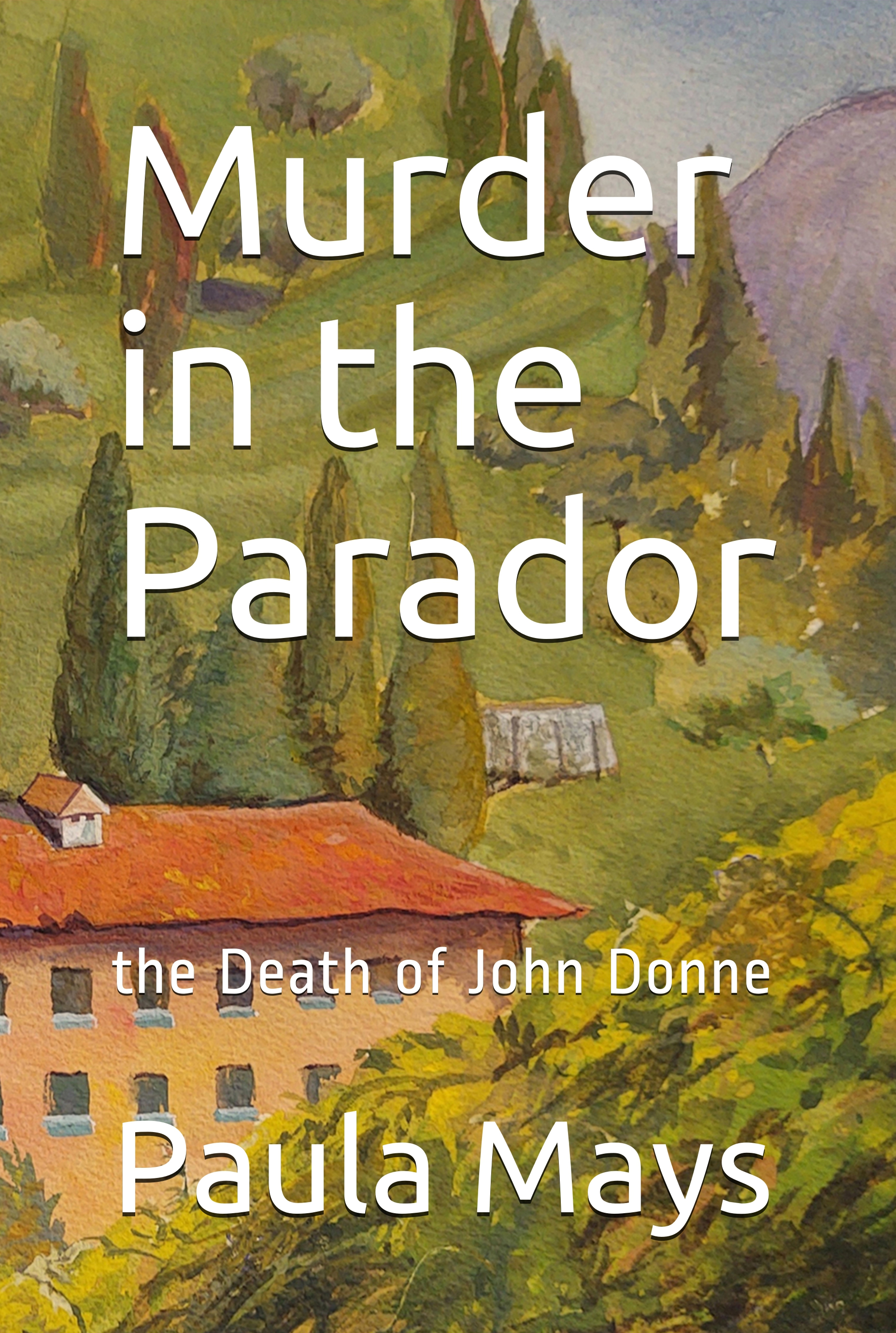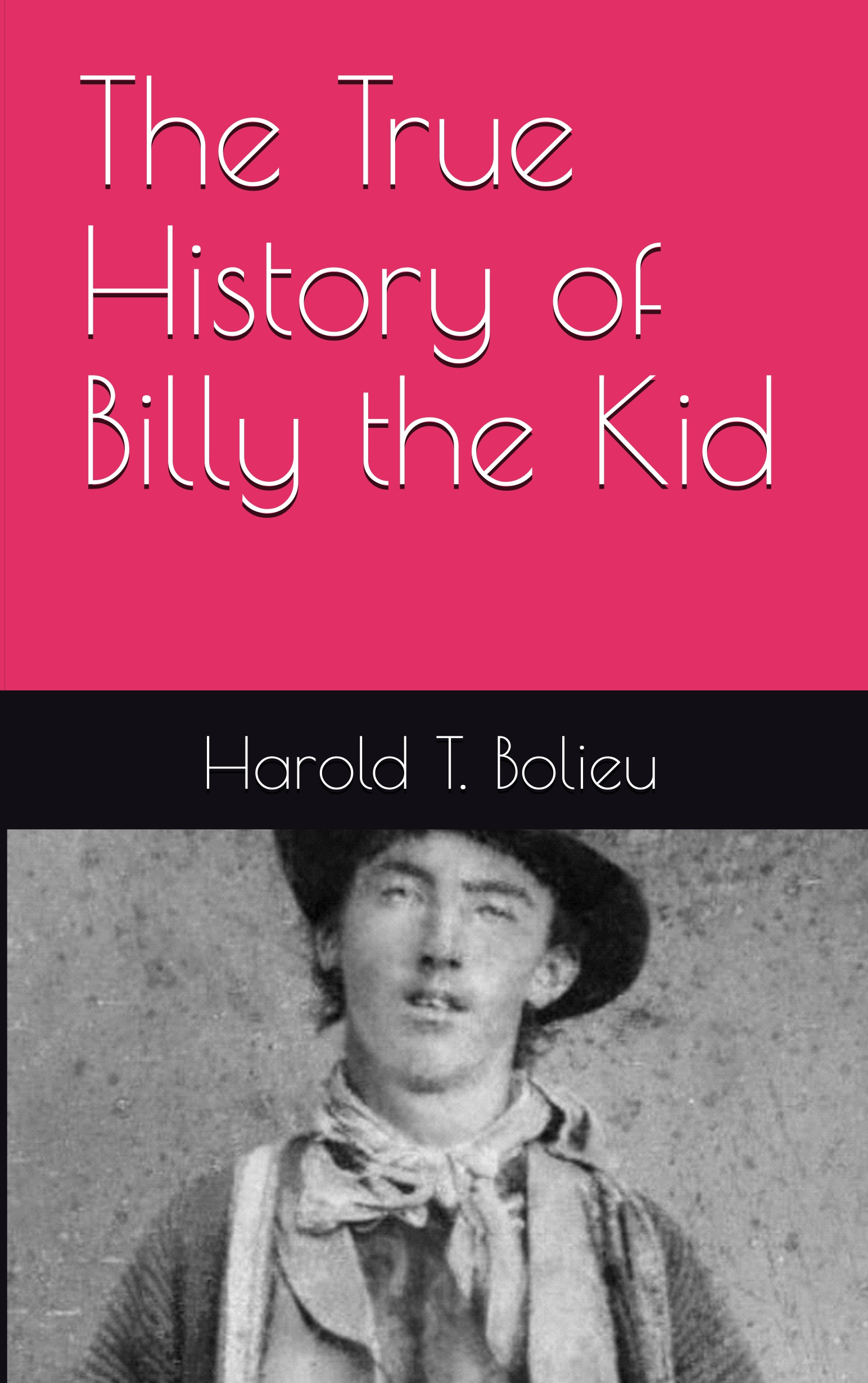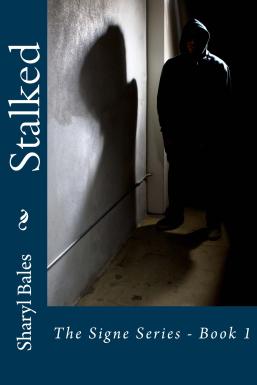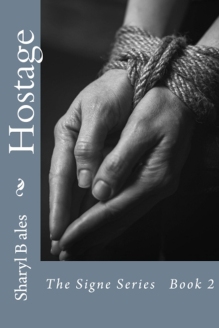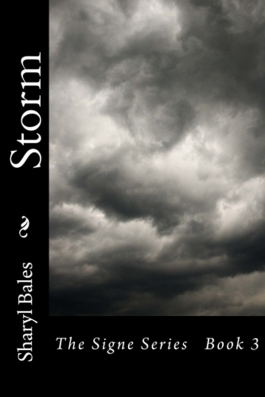by William H. Coles
Conflict is the essence of drama, and all literary fiction requires drama to please the reader and to succeed as a story. At the story core, conflict is the momentum of happening and change and is crucial on all levels for delivering information and building characterization. Conflict is the source of change that engages a reader, and in a story, conflict and action does what description and telling of feelings and situations do not.
The best storytellers seem to have a knack for engaging the reader, bringing them inside the skin of the story. Readers are carried through a story with a succession of related action scenes. However, many contemporary authors don’t seem to have the ability or desire to do this for their readers. There is the increasing habit of storytelling about me—my thoughts, my life, my accomplishments–often under the guise of fiction. But for lasting success–a story that will carry into the future of great literature as an art form–authors should strive for most of their story ideas to be expressed in creative fiction with drama and conflict, and not as authorial catharsis. It is the way to write great stories.
In life everything seems to move toward inertia. Throw a rock into the air, it falls to the ground and lies motionless. Pour water into a glass, it flows and settles and becomes motionless. We are born, we are active, but we are always moving toward the solitude and inaction of motionless death. In fiction, writers succumb to this natural tendency to write stories that seek a state of inertia, a state where nothing happens. This is especially prominent when a story relies on narrative description of past events–description and exposition in place of dramatic action scenes. Inertia is avoided by in-scene and in-the-moment action, by learning to instill conflict in narrative that must press on to resolution or no resolution, and by assuring an overall conflict embedded in all aspects of the prose.
Here are ways conflict can be embedded in prose.
- Write lively dialogue.
Conflict in dialogue is essential. Even snippets of dialogue should have elements that interest a reader.
Almost never is this type of interchange useful:
“Do you plan to join the church?”
“Yes, I think I will.”
This is flat, uninteresting dialogue. This type of dialogue is so disruptive to flow, it must be revised or omitted. The information, if necessary, can be provided in a few words of narrative: I decided to join the church.
In order to keep the story moving, lively dialogue with conflict is needed. In the examples below (overwritten for emphasis), note how the use of conflict helps establish the emotion of the dramatic present and enhance characterization. It also allows, when appropriate to situation and character, subtle back story information to be layered into the story writing. Here are some alternatives.
“Do you plan to join the church?”
“It’s none of your damn business”
OR
“Do you plan to join the church?”
“The church never did anything for me, why should I join?”
OR
“Do you plan to join the church?”
“Your piety irritates me.”
OR
“Do you plan to join the church?”
“Will you join too?”
- Be dramatic in the storytelling.
Drama is storytelling and in fiction, dramatic elements are necessary to move the reader sentence by sentence, idea by idea. And drama provides the tension. Conflict is established and readers, especially if they sympathize (not necessarily like) the character, become tense about what will happen. In literary fiction, withholding information to evoke tension is not often useful. When the author and the narrator know who killed the parson, tension is in the discovery, and the process of discovery, of the murderer. It’s mechanical and may often seem contrived. In literary fiction, contrivance is not effective. Characters and their decisions and foibles drive the plot. All plot information essential to the story is usually delivered when needed (not withheld for tension). Now readers become involved in what will happen to a character they care about. And they will discover tension in a series of logically structured and logically interrelated scenes filled with conflict in the language, in the syntax, among the characters, and in plotting.
- Use language with conflict and energy.
The beauty of language is enhanced when motion and conflict can be incorporated in the prose to maintain a reader’s interest word by word. In writing, the reader’s mind is active in creating and forming images. Basically, authors don’t create still-life images, they paint portraits that intrigue and engage the reader with scenes that live on the page. There was a bird on a limb. Static. The flying bird settled on the limb. Improved with some action. The olive branch quivered when the claws of the sparrow grasped the sturdy twig. A lot of energy.
- Word choice
Some objects as nouns have life and motion, some don’t.
Sparrow. Nail. Butterfly. Comet. Ocean. Atom. Building. Pebble. Tadpole. Vacuum. Hurricane. Skeleton. Flame. Puddle.
Find those that are animate or inanimate, moving or motionless. Imagine writing prose while being aware of the quality of the word in regard to movement. Life is movement and change—and the conflict it implies. It should be obvious how word choice can improve the reader interest in well-crafted prose.
Description of animate things, rather than inanimate, is always better for story in fiction. In general, description (and exposition) should always be buried in action for maximum effect.
- Modifiers
When an inanimate object is on the page, writers often need to prevent the burned-out effect inanimate objects create. Some inanimate objects, with modification, can imply motion (and impending conflict). Here are examples:
hand/trembling hand;
knife/serrated knife;
car/race car;
gun/Gattling gun, etc.
Action can be implied with similar effects by changing general to specific.
Soil›››muck;
Meteor›››shooting star;
Spice›››cilantro;
Horse›››thoroughbred;
Painting›››hunt scene.
And in the language, it is always wise to strive for motion when the story motion and pacing allow (i.e., don’t drivel, write only what counts for the story). Compare:
He sat in the chair.
This might be improved, if space permits. This has action, imagery, and information.
He put his hands back for support, bent his knees, and painfully lowered himself into the wheelchair.
- Syntax and conflict.
Note the way syntax, and how ideas are delivered, can change the energy of a sentence, often by clarifying the conflict.
A basic message: Grandpa killed Granny
At the funeral and for years after, grandfather never mentioned the day he hammered granny to her grave.
Comment, The construction—past, distance, telling–gives a fait accompli tone that might not serve well.
Grandfather killed our granny.
Comment, A telling. No action.
No one was witness and we had to imagine Grandfather standing over the bed and smashing Granny’s skull with a hammer before she woke.
Comment, Action filtered through character’s imagination but action and conflict present because of in-the-moment construction.
Grandpa stared at the hammer as Granny’s blood began to congeal with hair and fragments of skull bone.
Comment, There is in-scene action with tension present (What happened? Is she dead?)
After he killed Granny with a hammer, Grandfather washed imagined blood off his hands every hour of the day until the skin was raw.
Comment, In-scene action. Implied emotion of guilt. Movement. Internal conflict revealed.
We thought Grandfather was an intelligent man, well educated, famous in his own right, but we discovered his major flaw the night we discovered Granny murdered in her bed and Grandfather laughing hysterically a few feet away.
Comment, Telling. Lots of information. The only action is description of the past with Grandfather laughing. Basically unsuccessful sentence. Energy potential dissipated by complicated construction.
In-scene, in-the-moment action, rather than telling, invigorates the language. Note also how changing position and content of phrases changes emphasis. In general, the basic noun/verb structure that comes last in sentence or phrase construction is often strongest in effect. Note too, the more general, rather than specific, the sentence, the less effective it is. Complex constructions, when compared to simple terse constructions, lose energy and impact.
- Build Emotional conflict
Drama and emotions.
In a good story, emotions of characters never match exactly. Even in a love story, the love interests need to be unequal–at least one never sure if this is love, or one loaded with guilt from a previous affair, etc. These out of sync emotions is what will add dramatic energy to the scene writing. It is, after all, conflict, and conflict is drama. Keep emotions changing and flowing in nature and intensity, and always relate the emotion to the core need or desire of the character.
Internal conflict examples
Love/hate
Sympathy/blame
Fear/sentimentality
Pliant/resistant
Understanding/unyielding
- Use humor as source of change and conflict.
All humor requires a change, disparity, surprise, that cause a change in perception that activates a humor response. Humor can express conflict. Ridicule, a type of humor, is an example. Woman sports commentator to on-air, older-man colleague: “What was it like, Cliffy, when you played tennis . . . you know . . . in the age of the dinosaurs, when the technology couldn’t give us the speed of the ball on serve.” Here the attempt of humor by ridiculing the age difference implies competitive conflict in the relationship, and says that the woman commentator may be unreasonable and insecure (character development). An example of embedded conflict in the language illuminated in a humor attempt.
Summary
Conflict in storytelling and in the prose used for storytelling in literary fiction is essential. There are unlimited ways to discover the use of conflict and action. Writers improve by developing a style based on conflict and action to please readers through character development and reader engagement in the story. Persistent practice in writing dramatic prose is necessary throughout a writer’s career.

